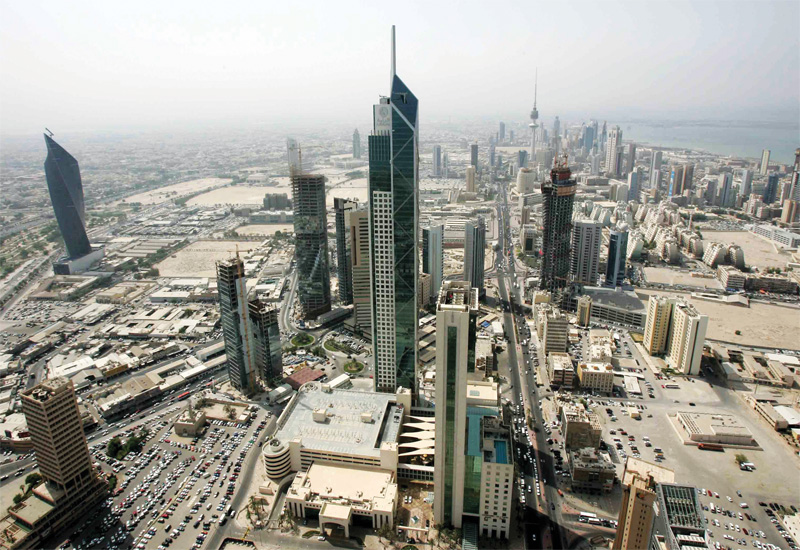Data from STR revealed mixed results from hotels in the Middle East in July 2016.
Compared with July 2015, the Middle East recorded a 4.8% rise in occupancy to 58%. However, average daily rate (ADR) was down 15.9% to US $161.82, and revenue per available room (RevPAR) fell 11.9% to $93.88, according to the STR data.
Kuwait saw increases all around - occupancy rose by 5% to 38%, ADR stayed nearly flat with a 0.8% rise to KWD 66.36, with RevPar increasing to KWD 25.21 (a 5.9% rise).
Performance was primarily driven by a 25.9% increase in occupancy in the Kuwait area submarket. However, in the Kuwait City submarket, occupancy fell 3.8%.

| Advertisement |
Qatar reported decreases in each of the three metrics, echoing similar results recently.
STR reported that occupancy fell 6.6% to 53.3%; ADR was down 0.8% to QAR 491.68; and RevPAR dropped 7.3% to QAR 261.93. According to STR analysts, the month’s performance was mostly affected by an 8% year-over-year increase in supply.
In the UAE, Dubai specifically experienced increases in occupancy (+17.6% to 67.5%) and RevPAR (+7.5% to AED 365.08), while ADR dropped 8.6% to AED 540.60.
The market’s demand was up 24.6% year-over-year with a lift from Eid al-Fitr festivities. At the submarket level, the highest absolute occupancy levels were reported in 'Jumeirah Palm & Beaches' (74.9%) and the 'Deira & Airport Area' (72.0%). ADR continued to be affected by new supply (+5.9% in July).









 Search our database of more than 2,700 industry companies
Search our database of more than 2,700 industry companies









